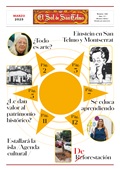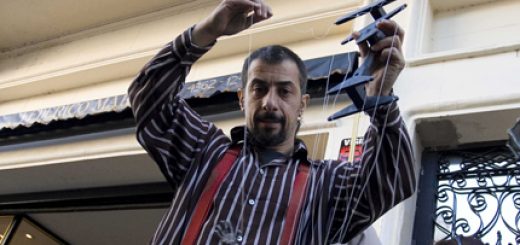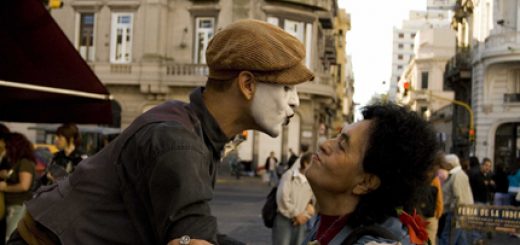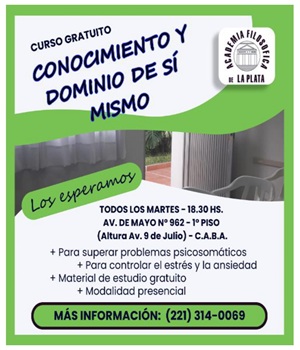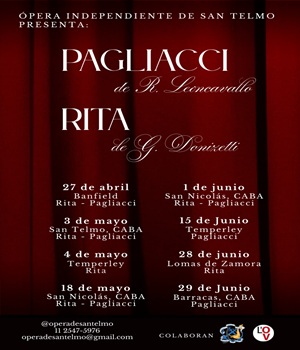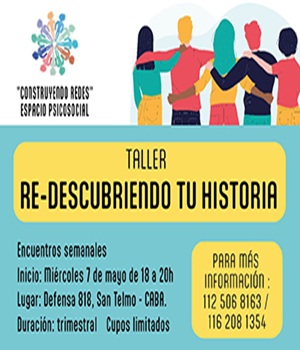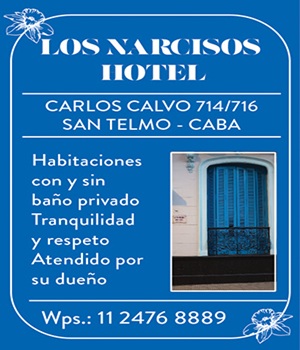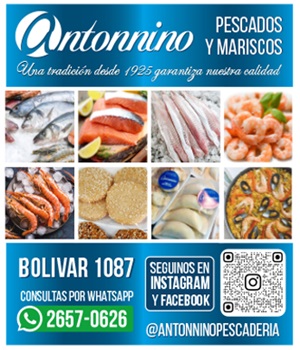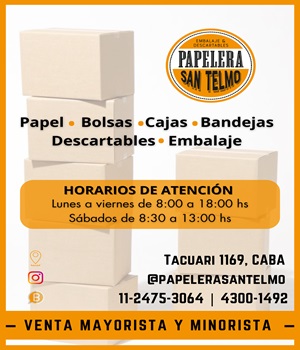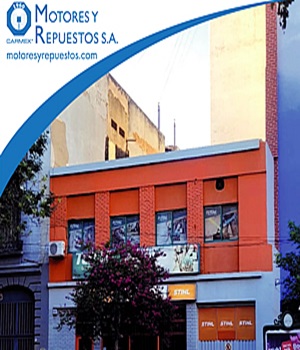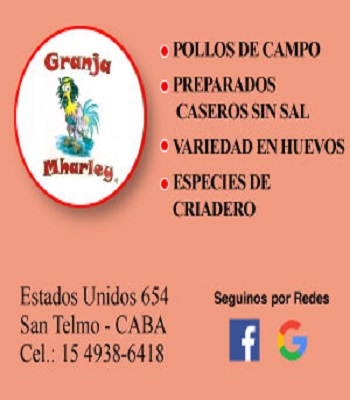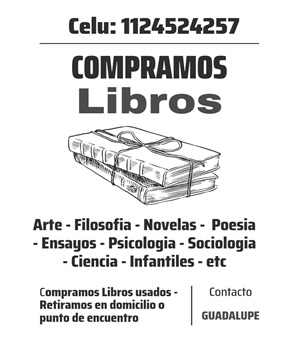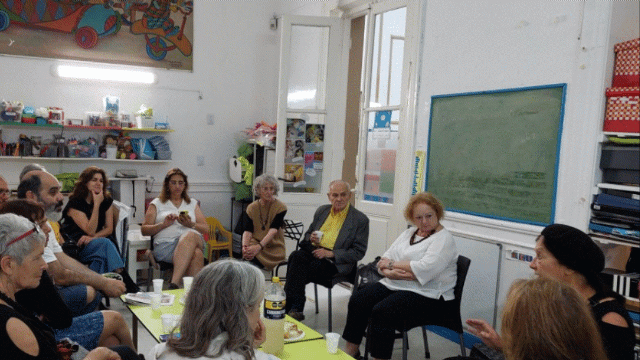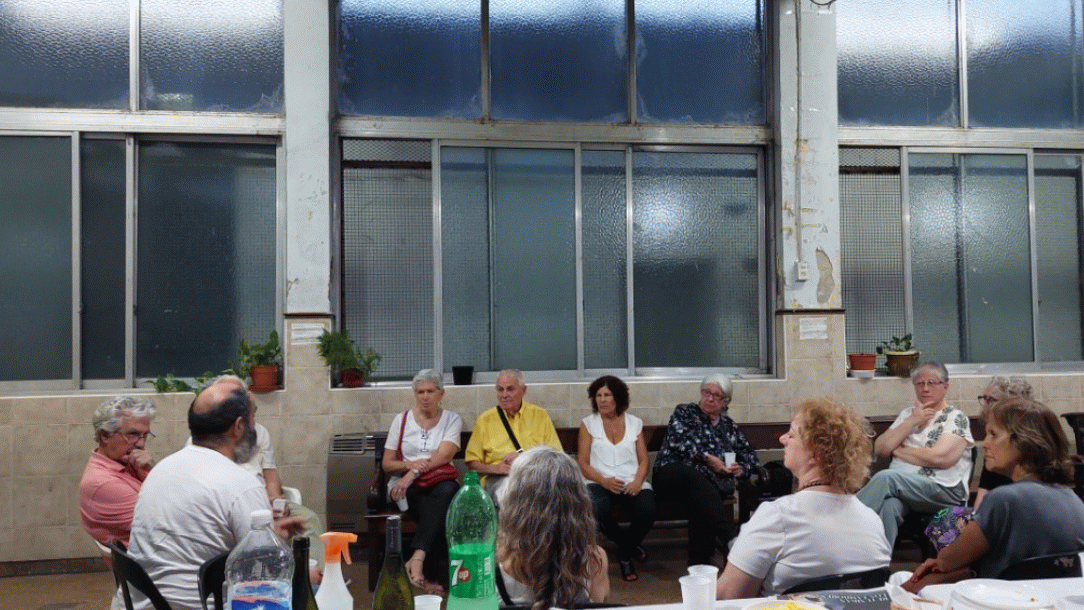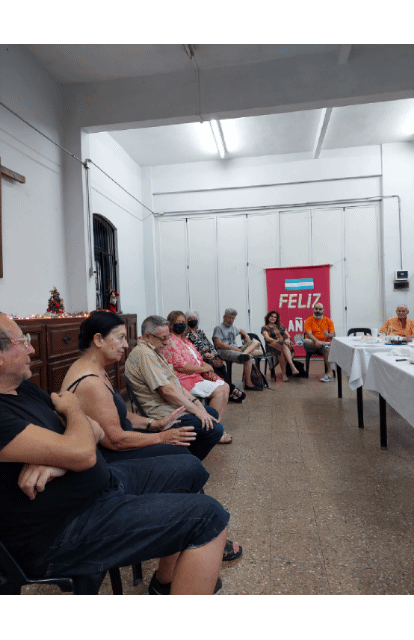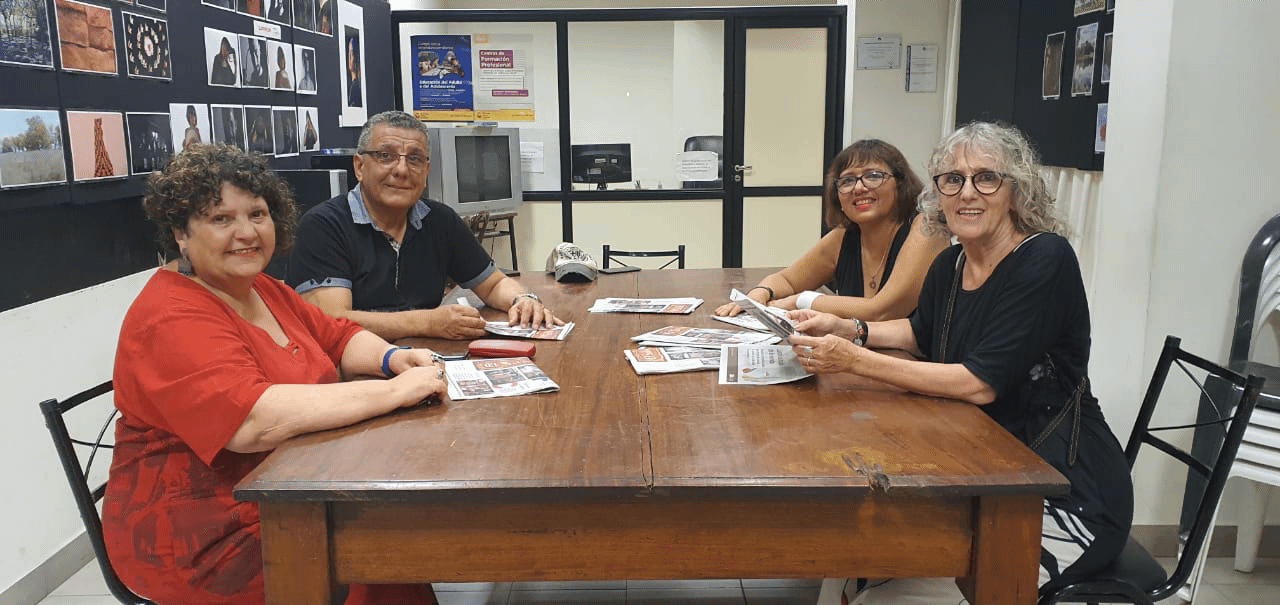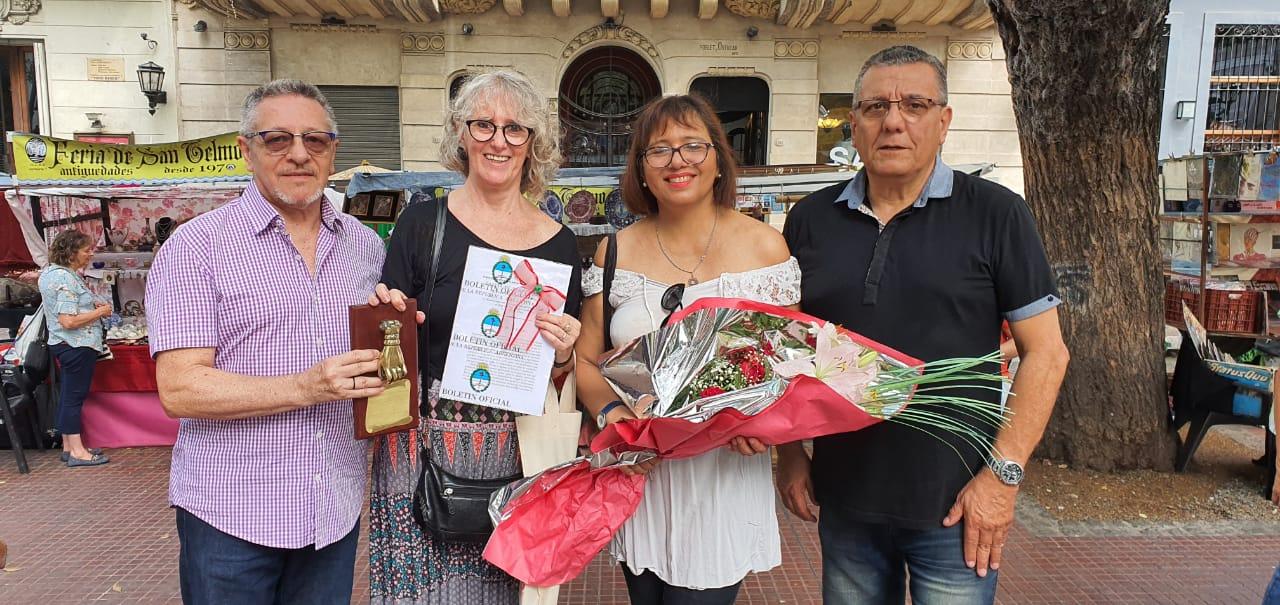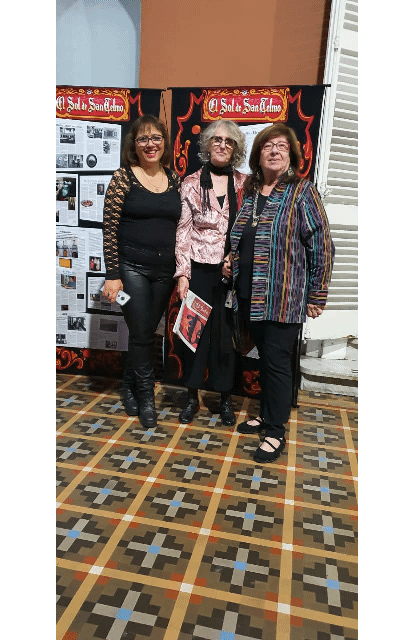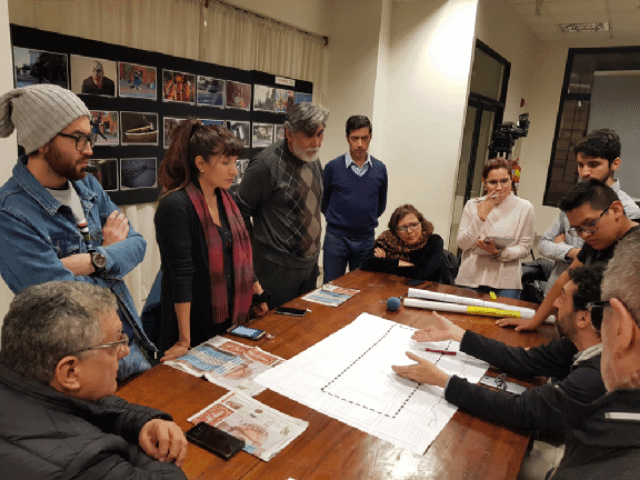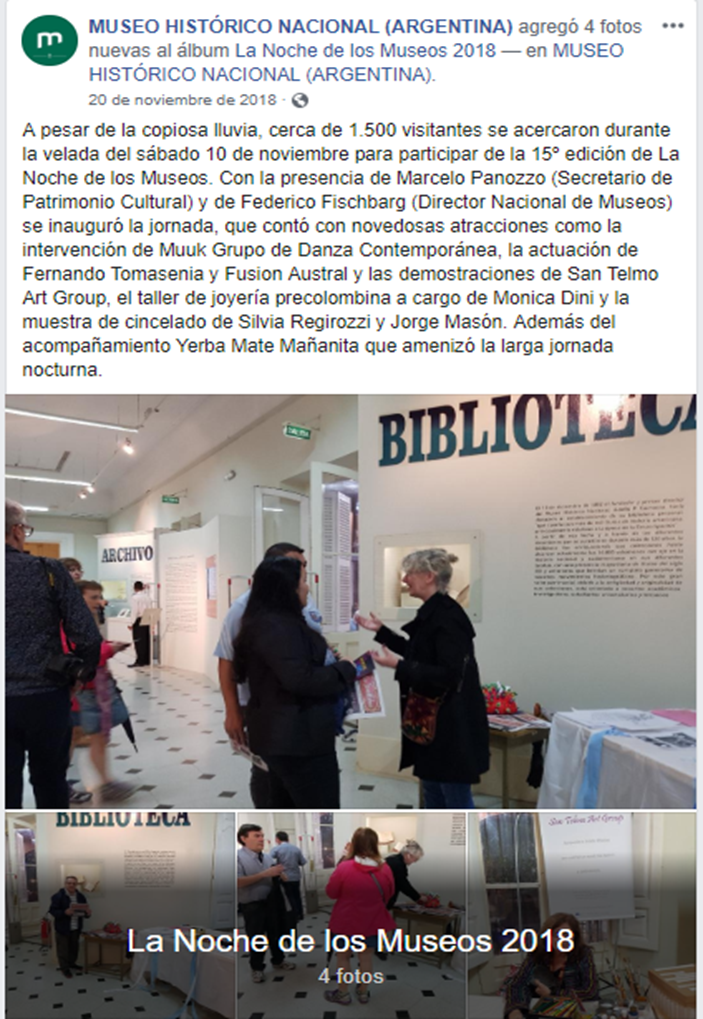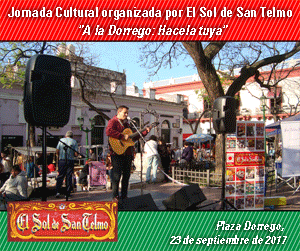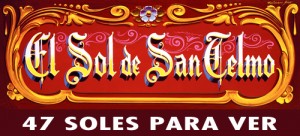San Telmo Translated (english): Do people see different neighborhoods or only one?
When I ask myself why someone would choose San Telmo, I think that there is a unique answer for each person. To me, San Telmo is neighbors, graffiti, tango, mate, markets, antiques and colors. It’s the home of entrepreneurs, artists, tourists and families that have been living here for many years or for just a few. It’s a neighborhood where history and political problems are visible in the streets and on the walls, where the siesta still exists, where people sit in front of their stores and listen to tango. It’s a neighborhood where boundaries disappear, where the tourist walks next to the homeless, where Havanna is next to an old antique shop and where sometimes it seems like time stands still.

Mural "La República de San Telmo". Photo: Tessa Hebinck
During the month I spent as a volunteer with El Sol de San Telmo I saw many different faces of this neighborhood. On the one hand there was the face produced by and for tourism, the face that people were referring to when they said to me: ‘San Telmo just isn’t the same anymore.’ Globalization has thrown the doors to San Telmo wide open, and the consequences are easy to see. Certain customs and norms are disappearing, people have less time to talk to their neighbors, although paradoxically, many tourists come to San Telmo for its authenticity (it’s the “real” Buenos Aires, one told me.)
Personally, I enjoyed its informal, relaxing and cosy atmosphere. Here the people – in bars, museums or shops – were always trying to guess my nationality and responded “ah, Máxima” when I told them I’m from Holland. But for a foreigner like me, San Telmo was sometimes a confrontation. Sometimes people stared at me in a way that made me uncomfortable, and I found that the poverty in certain areas was difficult to take.
After a few conversations with residents, it became clear to me that they are very proud of their neighborhood; partly for its history, and partly because it’s still a real “barrio.”
While the reasons that tourists have for choosing San Telmo might seem different from those of the neighbors, I think that they are compatible. From what I saw, residents like to talk about the neighborhood that they are so proud of, while the tourists want to know it better; the residents want to tell its stories and the tourists want to hear them. Both are touched by the experience of being here. Defining the meeting point of these two desires could be a useful challenge for the future.

The diversity of San Telmo. Photo: Tessa Hebinck
A society develops based on collective norms and a common history. I think that San Telmo has a strong identity, but defining this identity is a continuous process. It’s not possible to turn back time, but it is possible to communicate between the different interests that coexist here and create a new identity for a new generation. Maybe communication is the key to the future.
One day, I had a coffee at the Bar Británico and everybody that entered seemed to know someone else in the bar. At one point all the people in the bar were in conversation with each other. It was a nice image and, in my opinion, also a very characteristic one of San Telmo.
—Tessa Hebinck

Tessa Hebinck
After finishing her studies in the history of international relations at the University of Utrecht in Holland, Tessa Hebinck came to Buenos Aires to experience Argentina. She studied Spanish in Amauta Spanish School and volunteered for one month with El Sol de San Telmo in August of 2010, before traveling in the North and South of the country. Thank you Tessa!
